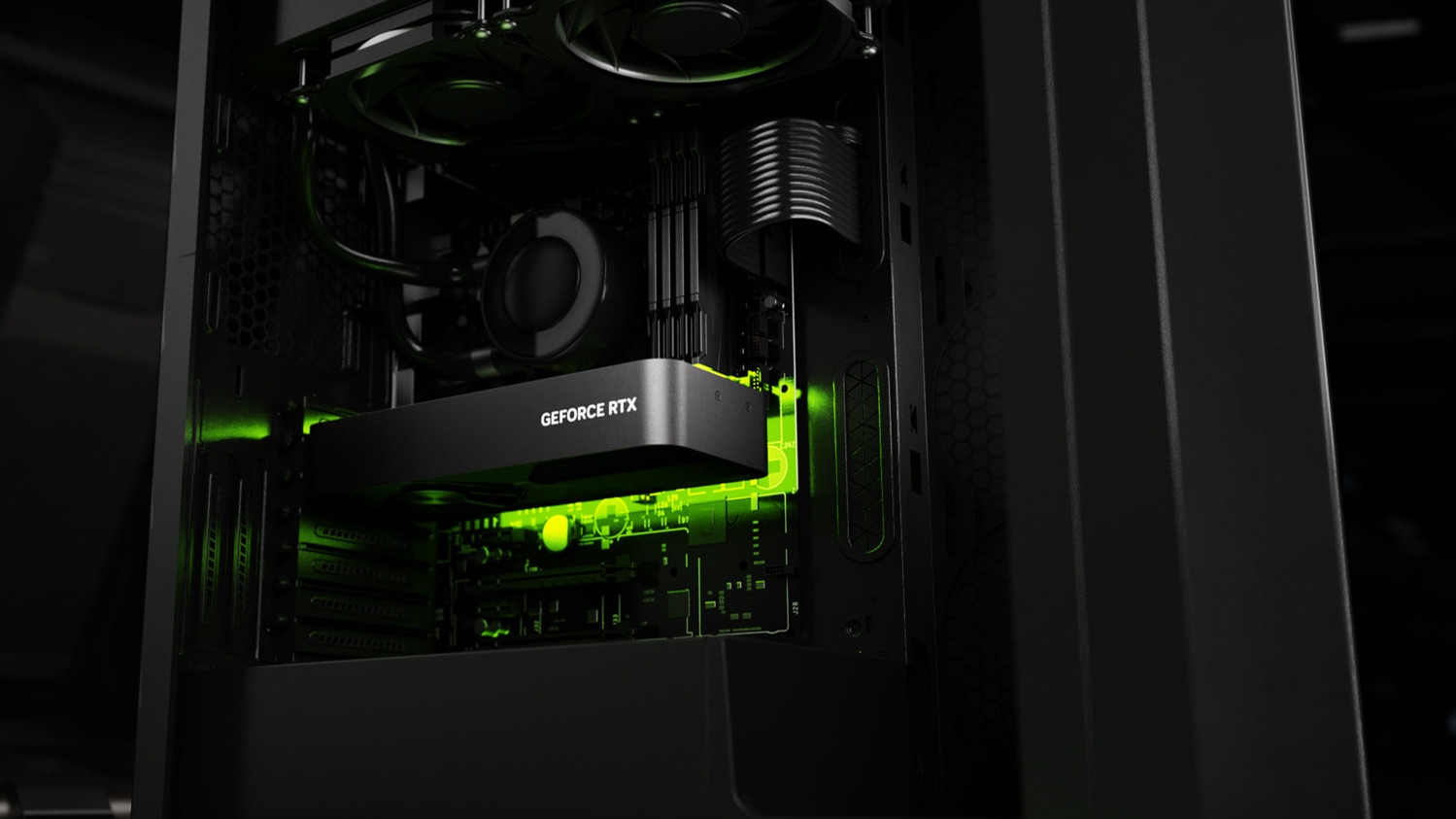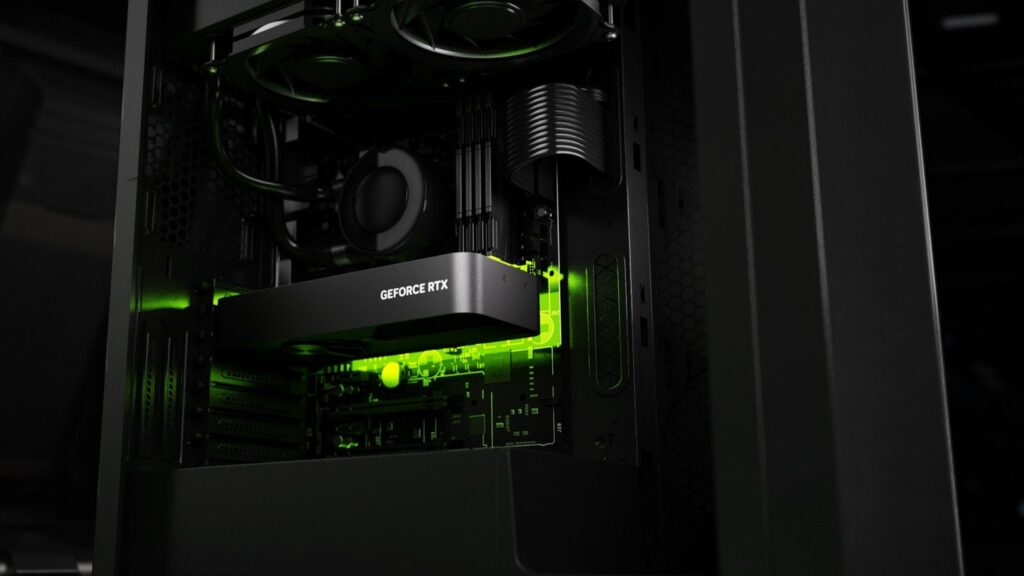
Following the unveiling of NVIDIA’s B100 (Blackwell GPU for heavyweight lifting and AI usage) some fresh chatter on the rumor mill is causing concern regarding the incoming RTX 5090.
Kopite7kimi sparked off these worries on X (formerly Twitter), as well as another respected hardware leaker on the platform, Kepler, as you can see in the above and below tweets.
With performance gains of 50% or 60%, or even 70% being floated previously for the RTX 5090 (using GB202), those estimates have been called into question. As Kopite7kimi makes clear, GB202 will use the same process as GB100, based not on 4nm, but on 4NP, a custom performance-oriented spin on 4N (an upgraded 5nm process).
Even so, Kopite7kimi further notes that this process will still offer a 30% increase in transistor density – though folks hearing that are wondering how this will translate into the 60% generational gains for the RTX 5090 over the RTX 4090 we’ve seen so much on the rumor mill for some time now.
Read more: NVIDIA’s RTX 5000 GPUs on track for Q4 2024 launch but don’t expect a Lovelace performance leap
Taking in the whole performance picture
Of course, there are other pieces of the puzzle for GB202, including the architectural gains from Blackwell and purportedly beefing up the L1 cache, plus using the full die for the RTX 5090 (unlike the 4090). VideoCardz, which spotted Kopite7kimi’s tweet, even floats the idea of a dual chip solution for the RTX 5090 – meaning it’d be a pair of GB203 chips effectively.
Although that then transfers the worries about the RTX 5090’s performance to the RTX 5080 – though it does potentially explain why the flagship supposedly has a 512-bit memory bus and NVIDIA might drop it to 256-bit for the 5080, perhaps (rather than 384-bit).
Okay, so this is a whole lot of very up in the air guesswork, but the underlying current is an unsettled vibe that maybe the RTX 5090 will fall short of those rumored 50%+ generational gains everyone is excited about. Although as outlined above, there are still reasons to believe the 5090 could be a big leap – even if Blackwell is (again) going to be a GPU range where the xx80 GPU falls shorter than the flagship.
Still, pricing will be key for the RTX 5080, regardless of where the exact performance level falls (it must, of course, be a decent upgrade, or NVIDIA would look foolish). And talk of a possible dual chip route for the RTX 5090 is only going to fan the flames of the expectation for this to be a flagship graphics card that’s much more expensive than the already seriously pricey RTX 4090.
Moore’s Law is Dead has theorized pricing of $2,000 to $2,500 in the past for the RTX 5090.
